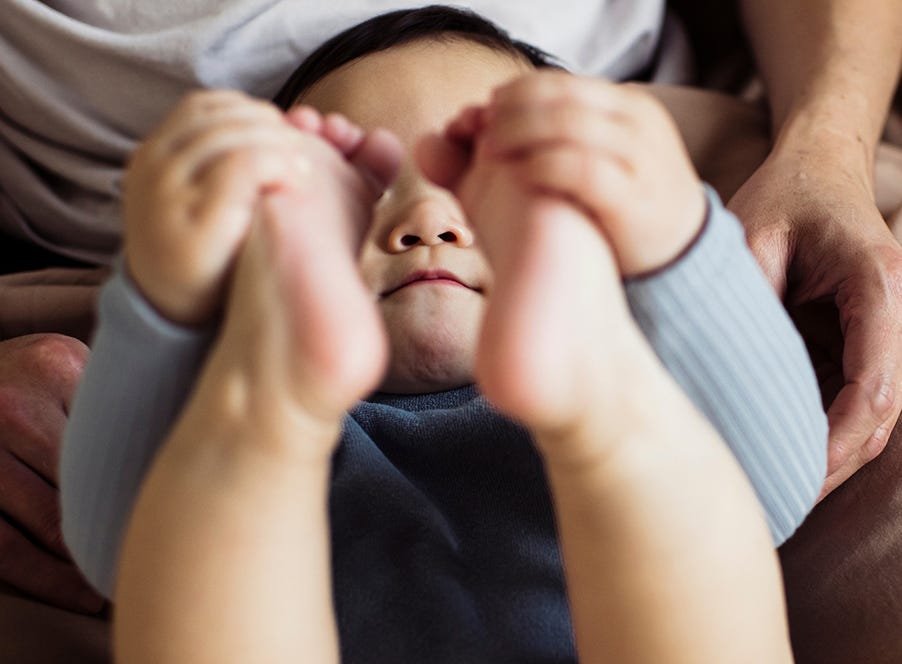Teething is a rite of passage that every baby experiences. It's a process that involves the movement of milk teeth - also known as baby teeth, primary teeth, or deciduous teeth - up, and then through an infant's gums.
Unfortunately, although it's completely natural and normal, it can be painful for babies and, in turn, stressful for their parents and caregivers.
To help you understand more about the teething timeline, we've created this guide to help you understand when teething starts, which of your baby's teeth will appear first, how many teeth they'll have, and when they'll eventually get their adult teeth.
Infant oral care before teeth appear
Even before their teeth appear, it's important to care for your baby's gums from the get-go. Doing so gets them used to having their mouth cleaned and can make it easier to introduce toothbrushing when their teeth arrive.
You can do this by wiping down their gums with firm but gentle pressure at least twice a day using a clean piece of gauze, a moistened washcloth, or a specially designed rubber finger brush.
This baby care step is particularly important after feeds and before bedtime, because plaque can still exists in a baby's mouth even before they have teeth, and this can cause bacteria to build up which could potentially harm their delicate gums and tiny new teeth when they start to grow in.
When do infants get teeth?
All babies start teething at slightly different times. For some, the signs of infant teething begin to show as early as three months, while other little ones don't start teething until after their first birthday.
On average, most babies start showing symptoms of teething when they're around six months old, with their two bottom, front teeth appearing first.










